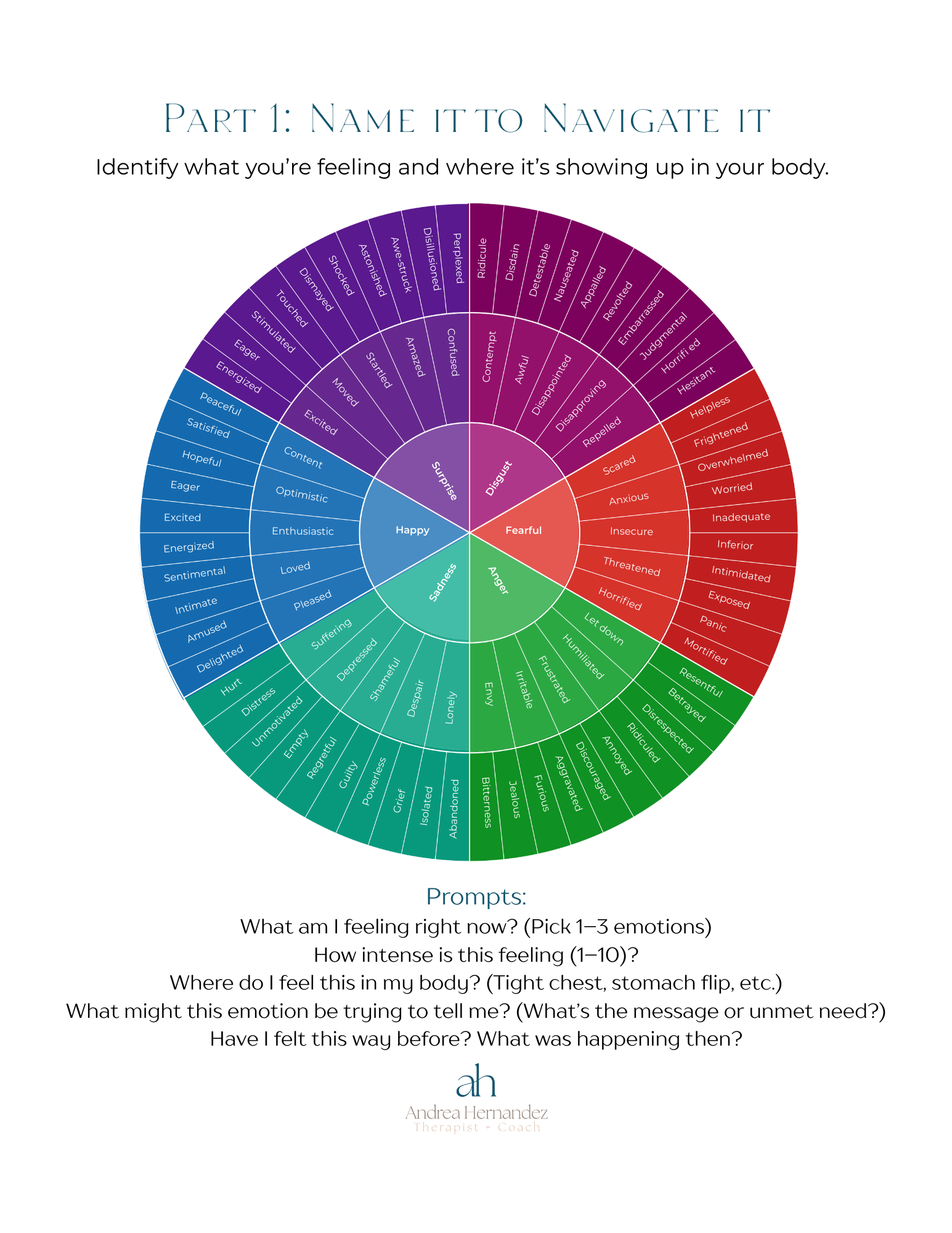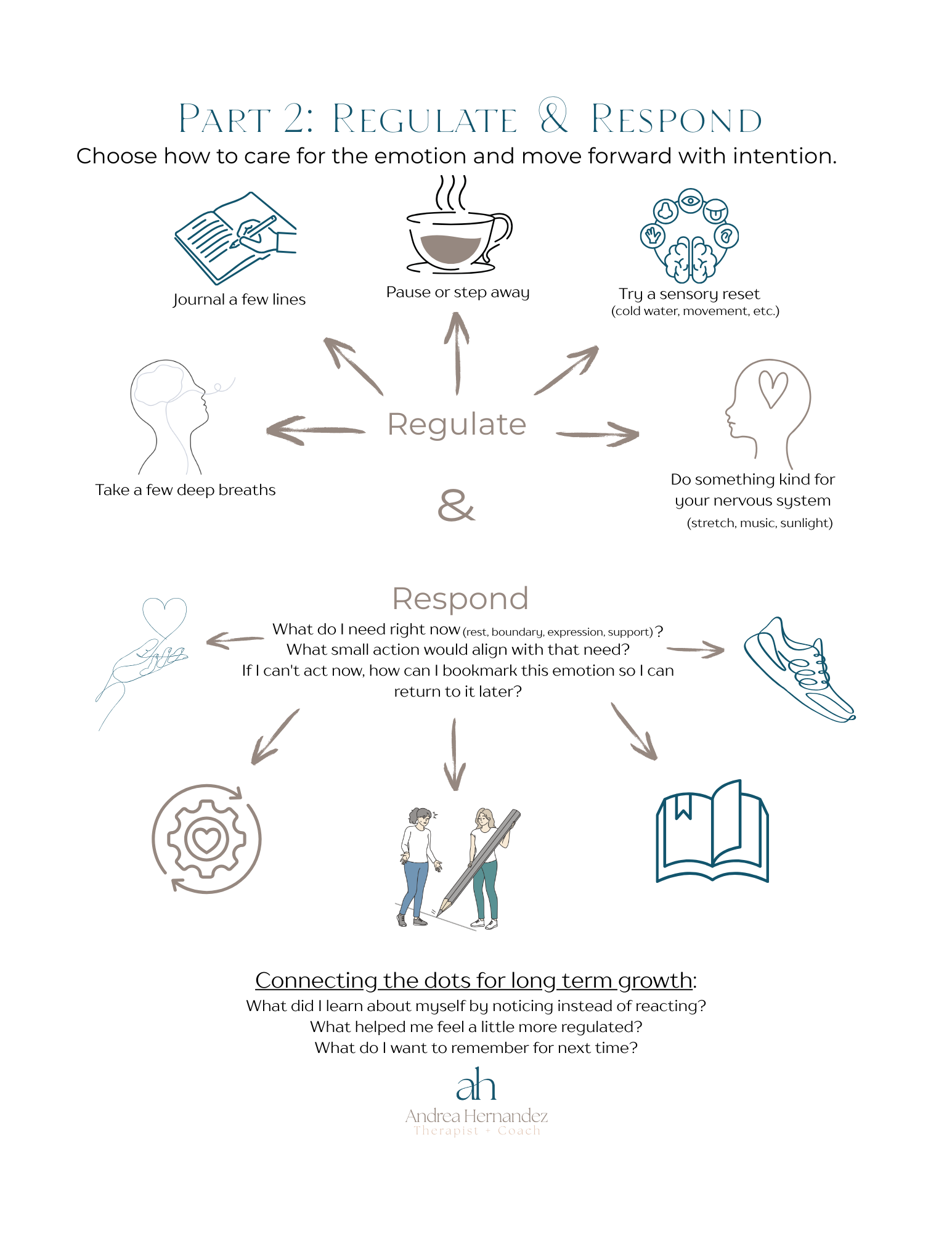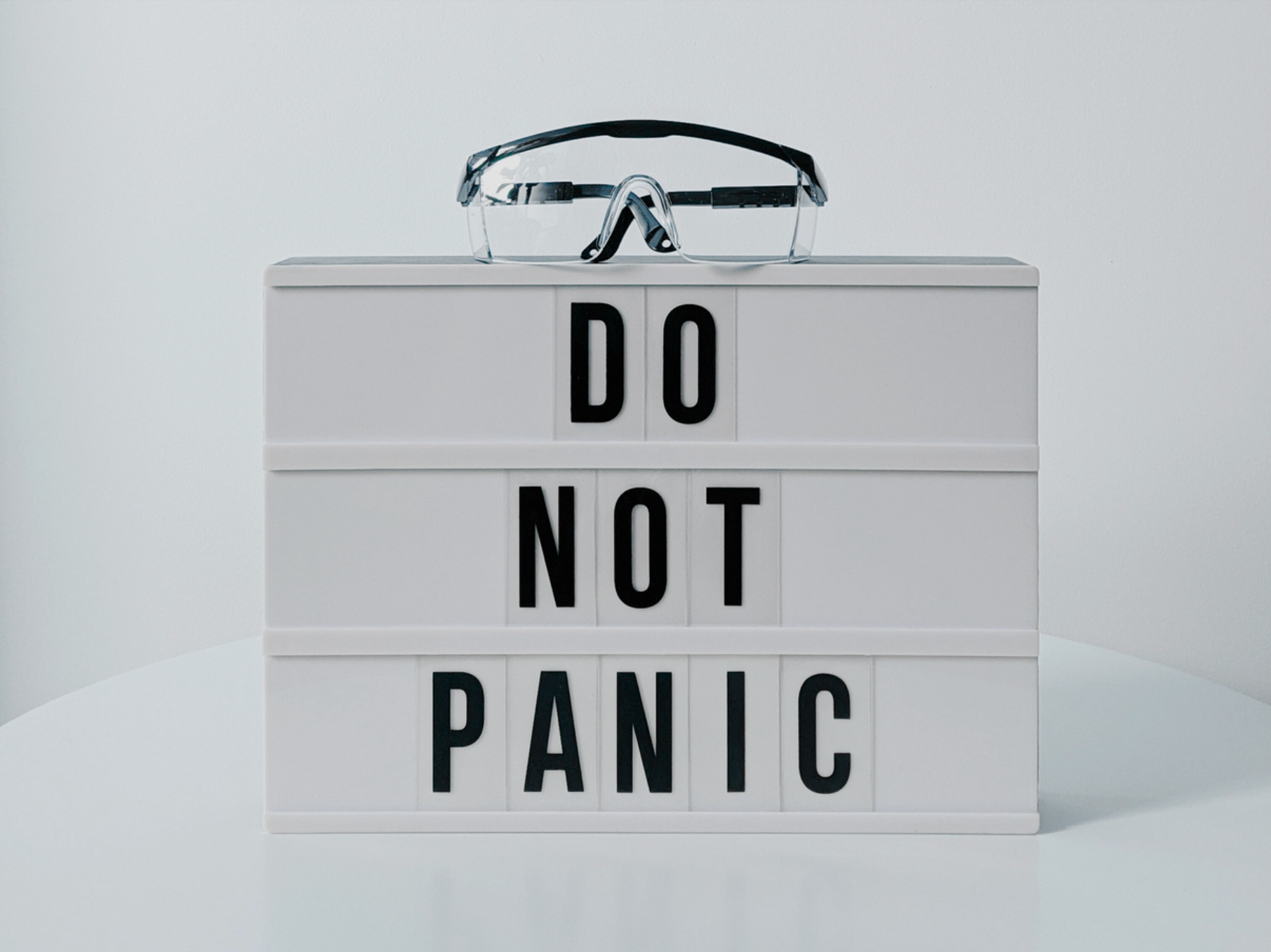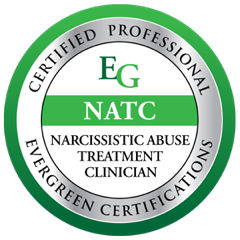When the Structure Shifts: Summer, Dysregulation, and Finding Your Way Back to Center
Summer is strange terrain.
Just as the school year ends or work finally slows down, we think we should feel more relaxed. But for many of us, summer doesn’t bring rest—it brings disruption. The rhythms that kept us tethered during the year disappear overnight. Camp starts, but then there’s a holiday. Bedtimes slide. Vacations interrupt routines. And for people in academic calendars or parenting roles, July can feel like freefall.
Even if you don’t have kids or aren’t in education, the ripple effect is real. Colleagues are away. Traffic patterns change. Social expectations shift. The world operates on a different frequency, and without the usual structure, many people feel disoriented, frustrated, or off their game.
If that’s you, you’re not doing summer wrong. You’re just noticing the real impact of lost anchors.
At the same time, some people find summer brings unexpected clarity. When things slow down, they realize just how unsustainable the rest of the year has been. They finally sleep. Their nervous system unwinds. And they start imagining a different kind of pace. If that’s where you are—stay tuned. There’s a post coming for you too.
But today, we’re talking to those who feel unmoored. And if you live with ADHD or are just a high-functioning human in a high-demand world, a loss of structure often means more dysregulation. That might look like:
● Forgetting appointments or feeling scatterbrained
● Falling into all-or-nothing patterns with food, sleep, or screens
● Feeling irritable, anxious, foggy, or impulsive
● Losing track of time or motivation
So how do you find your footing in the shifting terrain of summer?
You start by validating the impact.
You are not weak for struggling with unstructured time. Our brains crave rhythm and predictability. When those disappear, it makes perfect sense to feel off. Naming this is the first step toward restoring a sense of agency.
Next, focus on building flexible structure—not rigid routines you can’t sustain, but supportive touch points that keep you grounded. That might look like:
● Keeping wake/sleep times within 60–90 minutes of your typical schedule
● Using anchors like morning coffee, a daily walk, or a consistent lunch hour to
reorient your day
● Creating visual structure (a whiteboard, a sticky note plan, a shared calendar) to reduce mental clutter
● Checking in weekly: What’s working? What needs tweaking?
Also: notice transitions.
Summer is full of them—the start of a new camp, the end of a trip, back-to-school prep on the horizon. Transitions (even good ones!) are fertile ground for dysregulation. Try to build in margin before and after each one. That might mean:
● Planning buffer time around returns from vacation
● Using Sunday nights to reset for the week
● Talking out loud (with a partner, a friend, a coach, or therapist) about what’s coming next
Finally, use this time to practice boundaries.
Summer often comes with invitations, obligations, or last-minute changes that can pull you in multiple directions. If you’re already dysregulated, it’s even harder to discern what’s right for you. Practice pausing. You don’t have to answer every text or say yes to every plan right away. Give yourself space to respond, not react.
And remember: structure isn’t the enemy of freedom. It’s the thing that makes freedom sustainable. Even in summer.
Want support?
If you’re noticing emotional overload, confusion, or relational stress on a daily basis, you're not alone. Whether through therapy or coaching, I help clients untangle these dynamics, reconnect with themselves, and move forward with clarity and self-trust.
Explore my
free resource library or
get in touch if you're ready to start untangling the overwhelm.
Please complete the form below to gain access to my handouts library.



















